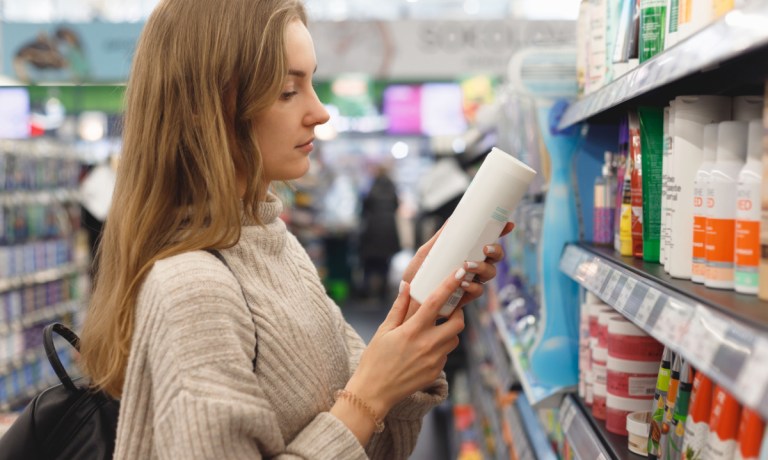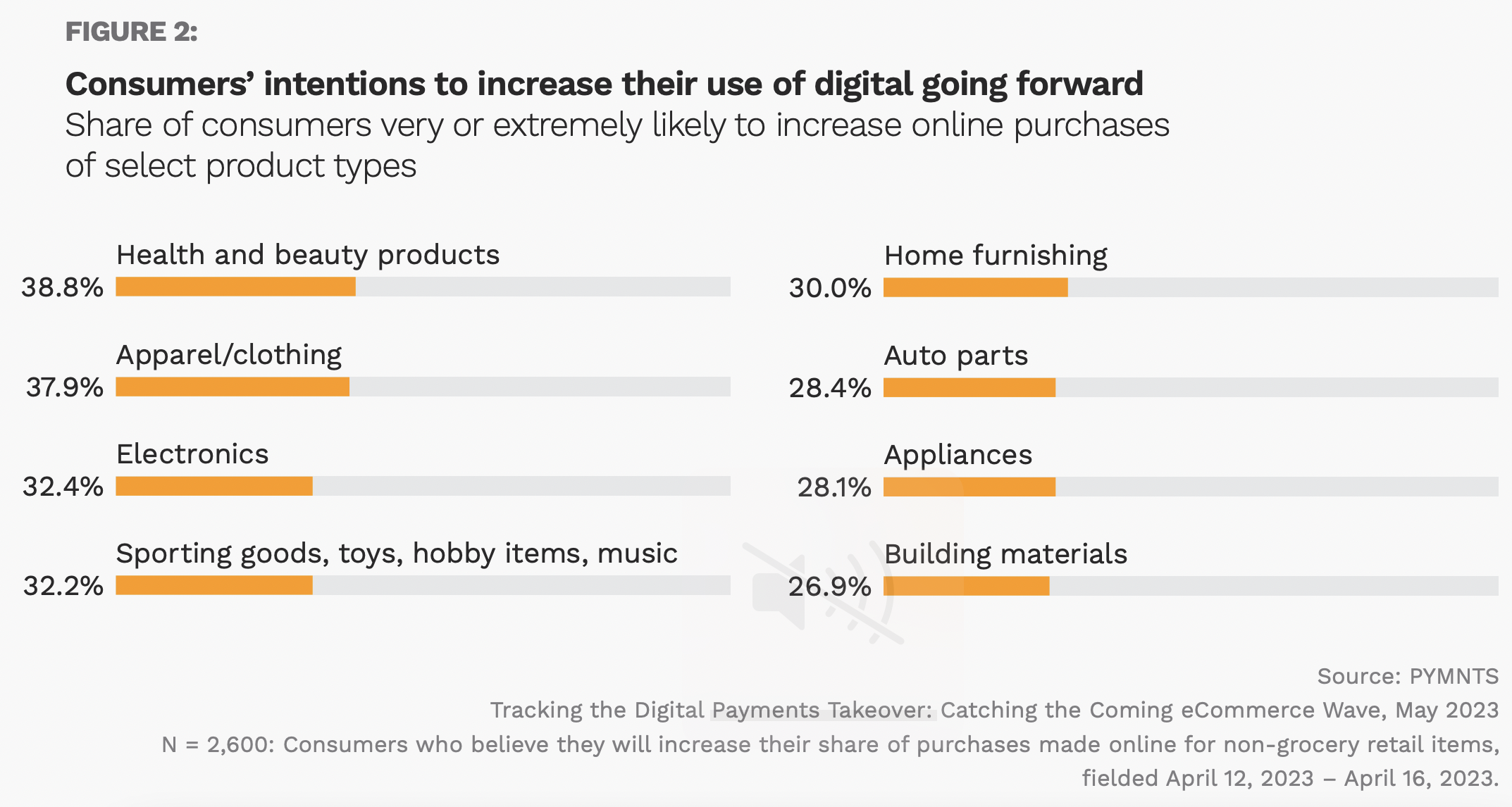Grocers Losing Share of Health and Beauty Sales to eCommerce

Where once consumers picked up their personal care products along with their food and beverages at the supermarket, they are increasingly shifting to digital channels to get their health and beauty needs met, leaving grocers in the lurch.
By the Numbers
Findings from PYMNTS’ study “Tracking the Digital Payments Takeover: Catching the Coming eCommerce Wave,” created in collaboration with Amazon Web Services and drawing from an April survey of a census-balanced panel of nearly 2,700 U.S. consumers, reveal that 39% of shoppers are very or extremely likely to increase online purchases of health and beauty products going forward.

Moreover, research from the study “Changes in Grocery Shopping Habits and Perception,” for which PYMNTS surveyed more than 2,400 U.S. consumers about the factors affecting their grocery purchasing behaviors, revealed that roughly half of all grocery shoppers have been purchasing personal and healthcare products less often from brick-and-mortar stores over the past few years. Plus, only a third of those surveyed reported purchasing these products in stores more often than digitally.
The Data in Context
Indeed, eCommerce players such as Amazon have been making gains in shelf-stable goods. Amazon CEO Andy Jassy spoke to this trend on the company’s most recent earnings call.
“We have actually quite a large grocery business,” Jassy said. “It’s just an unusual … grocery business, very much like how the mass merchandisers got into grocery 25, 30 years ago, where the selection are items that are not temperature controlled. … In this current environment where consumers are being cautious about what they spend and finding ways to trade down in different product variations, consumables have stayed very, very strong.”
PYMNTS’ Karen Webster observes that, while grocery executives may be feeling comfortable with brick-and-mortar’s continued dominance in the category relative to eCommerce, their reign is slipping, one aisle at a time.
“Just like department store CEOs once did, … grocery store execs will soon feel the pain of death by a thousand cuts as consumers buy groceries just as they purchase any other retail product — gradually moving those purchases online and to specialty physical retailers with a more curated and relevant selection of the items they once bought at the grocery stores.”



